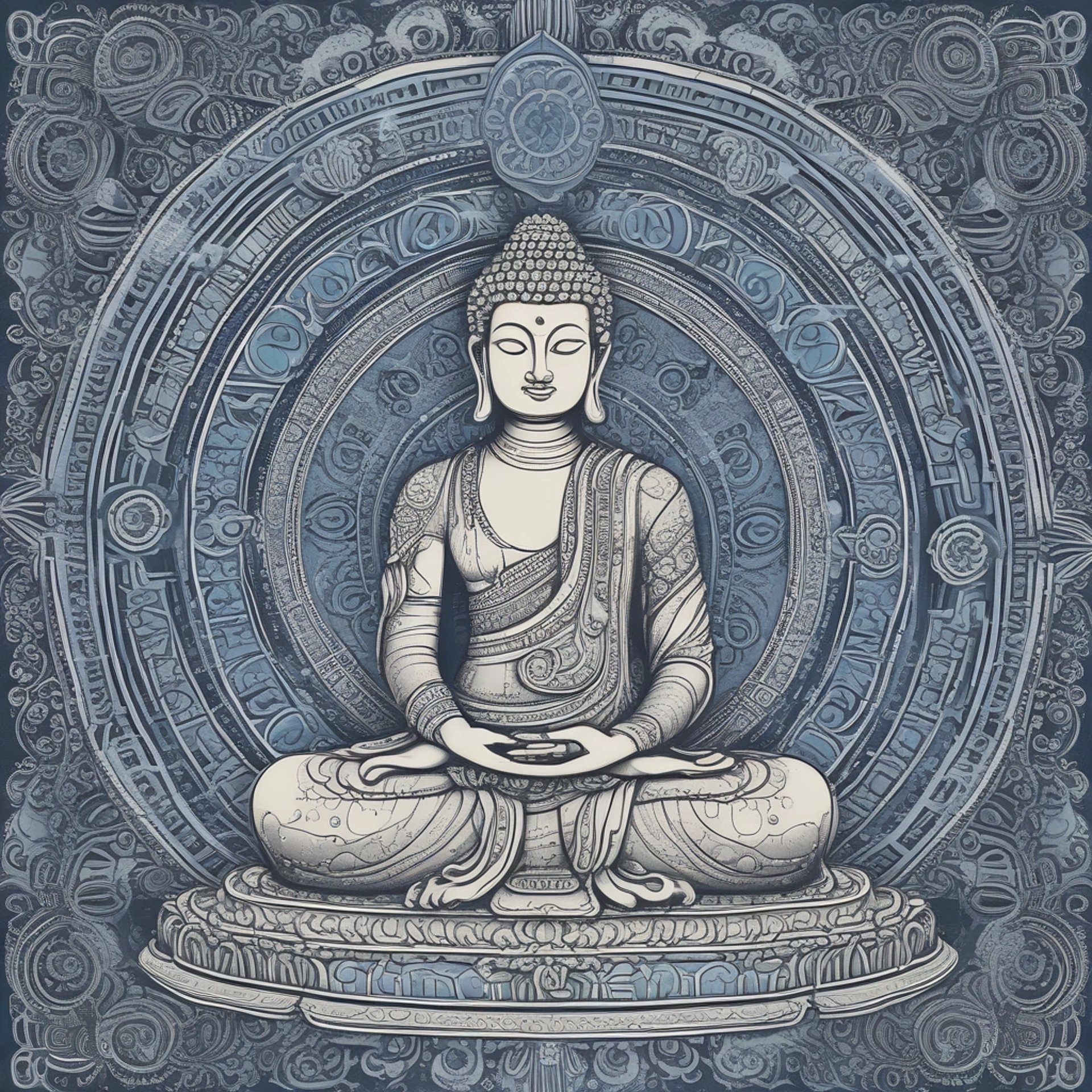Vinyasa Shakti Flow
Vinyasa Shakti Flow yoga is a dynamic style of yoga that can be defined as vinyasa yoga. This type of yoga, practitioners synchronize breath with movement to flow smoothly and seamlessly from one pose to another. The transitions between poses are often accompanied by Sun Salutations and other sequences that build strength, flexibility, and mindfulness. Vinyasa yoga classes vary in intensity and pace, making it accessible to practitioners of different levels, while emphasizing the importance of connecting breath with movement to create a meditative and energizing practice.
The origins of Vinyasa yoga are closely linked to the teachings of Tirumalai Krishnamacharya, an influential Indian yoga teacher often referred to as the "Father of Modern Yoga." In the early 20th century, Krishnamacharya emphasized the synchronization of breath with movement, a principle that became foundational to Vinyasa yoga. He developed a method known as Vinyasa Krama, which focuses on the progression of postures in a flowing sequence, each linked with specific breathing techniques.
Krishnamacharya's approach was influenced by ancient texts and his own studies in various Indian philosophies. He integrated traditional practices with innovative methods to make yoga more accessible and therapeutic. Among his notable students were Pattabhi Jois, who developed Ashtanga Vinyasa Yoga, and B.K.S. Iyengar, founder of Iyengar Yoga. These disciples played significant roles in popularizing Vinyasa yoga and its variations globally.
While Vinyasa yoga has its roots in ancient traditions, its modern form has evolved over the past century, adapting to contemporary needs while retaining the core principle of linking breath with movement.



"Peace comes from within. Do not seek it without."
Buddha
Let Us Here From You!
Snow Mountain Yoga
245 Morning Sun Dr.
Woodland Park, CO 80863-7717
Copyright 2012 - 2025, LearnFirm LLC, all rights reserved.
